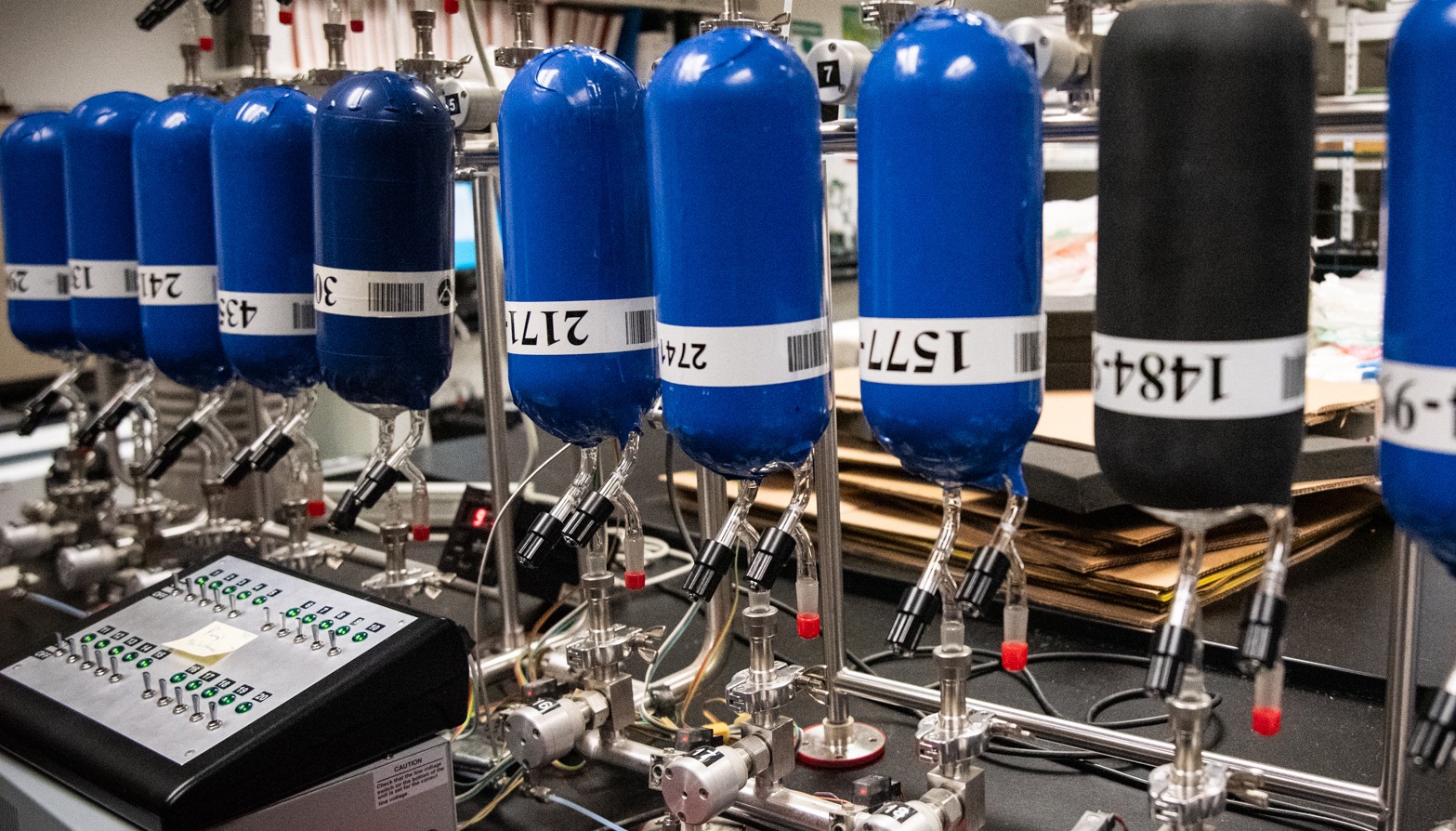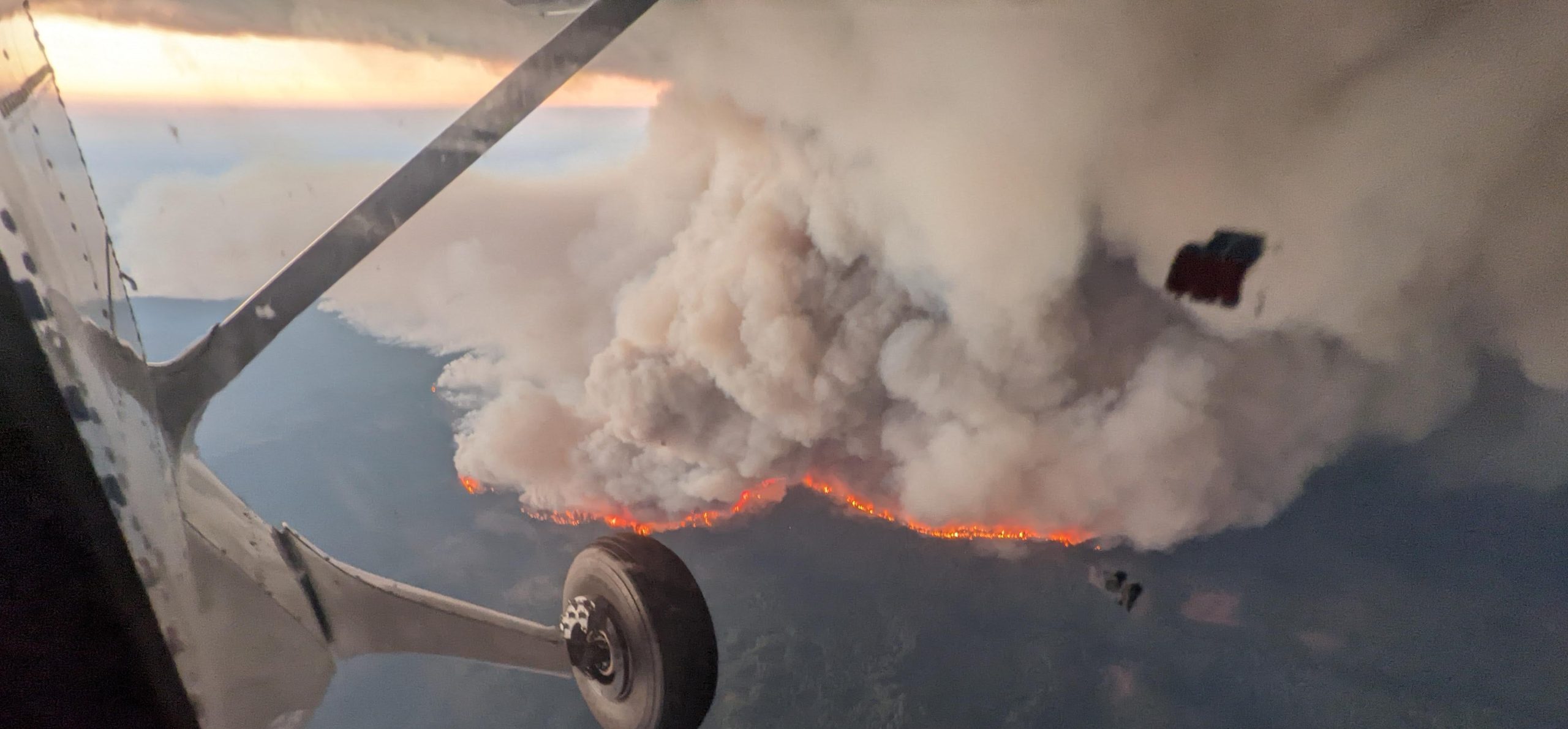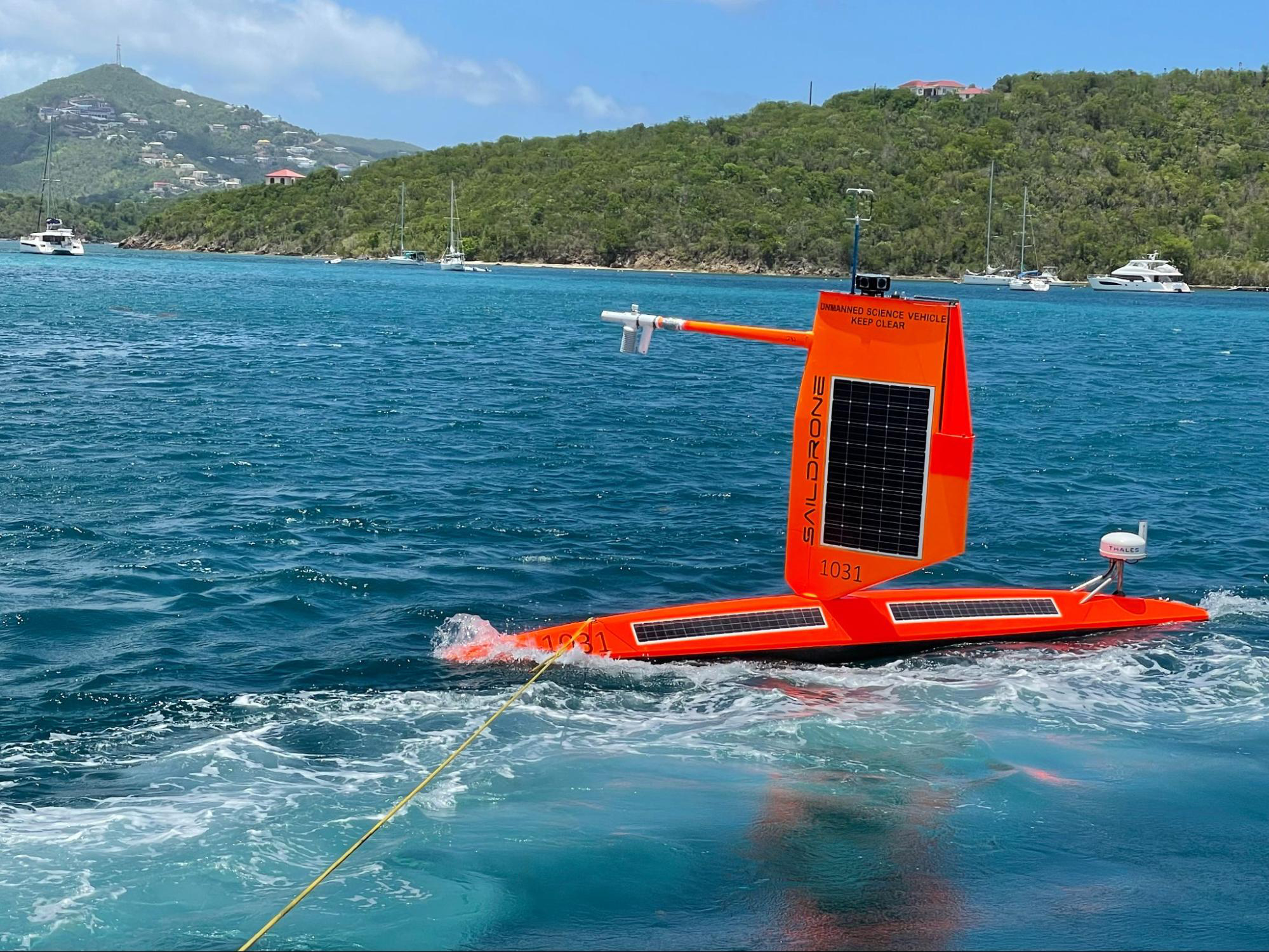NOAA science expertise and data has supported the U.S. government decision to reduce potent greenhouse gas emissions. On September 21st, the United States Senate successfully approved the Kigali Amendment of the Montreal Protocol with strong bipartisan support. The Kigali Amendment, negotiated under the Obama administration in 2016, is an international agreement to phase-out and replace hydrofluorocarbons, a class of chemicals that act as potent greenhouse gasses. NOAA science expertise and data has supported the U.S. government decision to reduce potent greenhouse gas emissions. On September 21st, the United States Senate successfully approved the Kigali Amendment of the Montreal Protocol with strong bipartisan support. The Kigali Amendment, negotiated under the Obama administration in 2016, is an international agreement to phase-out and replace hydrofluorocarbons, a class of chemicals that act as potent greenhouse gasses. In 2020, Congress approved the 2020 American Innovation and Manufacturing AIM Act which set a path for an 85% reduction in HFC emissions by the year 2036. The approval of the Kigali Amendment, as well as scientific leadership, has positioned the U.S. for technological leadership in the reduction and replacement of HFCs, as well as for further reductions in various greenhouse gas emissions. While legislation is driving a national phasedown of these harmful chemicals, the approval of the Kigali Amendment shows the United States’ commitment to the international effort to reduce powerful greenhouse gasses.
Before hydrofluorocarbons HFCs became popular, ozone-depleting chlorofluorocarbons CFCs were used. CFCs were first synthesized in 1928 as a safe and non-toxic coolant. Throughout the 20th century, CFCs were used in refrigeration, aerosol sprays, solvents and air conditioning in cars, homes, and office buildings. However, as research came out showing the negative impacts CFCs had on the ozone layer, the need to regulate and replace these chemicals became urgent. In 1987, 27 nations signed an international environmental treaty, the Montreal Protocol on Substances that Deplete the Ozone Layer that had a provision to reduce production levels of CFCs by 50% before the year 2000. In 2010, CFCs were banned internationally due to their harmful effect on the ozone layer. With CFCs banned, a replacement was needed and hydrofluorocarbons HFCs eventually became the replacement. As CFCs were phased out, hydrochlorofluorocabons HCFCs were the initial replacement chemical prior to widespread HFCs adoption. Although HCFCs are still in limited use, all production will be prohibited after 2030. Due to their new popularity, HFC emissions and atmospheric concentrations increased drastically over the past two decades. HFCs were developed to replace industrial chemicals, such as CFCs, responsible for destroying ozone in the stratosphere and creating the annual ozone hole over Antarctica. However, HFCs are super-potent greenhouse gasses with thousands of times the warming potential of carbon dioxide, which could have serious implications for our climate if their use was left unchecked. Without regulations, it was predicted that HFC emissions would contribute 0.28-0.44°C around 0.45 to 0.90 degrees Fahrenheit to global surface warming by 2100. When research revealed the harmful warming impacts of HFCs, representatives from over 170 countries met in Kigali, Rwanda to pass the Kigali Amendment to the Montreal Protocol.
Scientists from the National Oceanic and Atmospheric Administration NOAA provided analyses of the potential climate risks associated with future unregulated HFC emissions given the recent atmospheric changes they were measuring. The ability to observe trends of these compounds in the atmosphere was made possible by the long-term record of observations produced by the Halocarbons and other Atmospheric Trace Species HATS Division within NOAA’s Global Monitoring Laboratory. In a 2015 study, NOAA and partners predicted the climate effects of HFCs would decline one to two-thirds by 2050 compared to business as usual if the Kigali Amendment proposal was adopted. The observational data and analyses provided by NOAA and partners initiated the process that culminated with Congress agreeing to an HFC phasedown as outlined in the Kigali Amendment of the Montreal Protocol. With the Kigali Amendment, HFCs are predicted to contribute only around 0.04 °C by 2100. NOAA will continue to monitor HFCs concentrations to track global compliance. The Congressional approval of the Kigali Amendment demonstrates the importance of NOAA’s global greenhouse gas observation network in the international efforts being made to reduce greenhouse gas emissions and protect our planet from further global warming.



